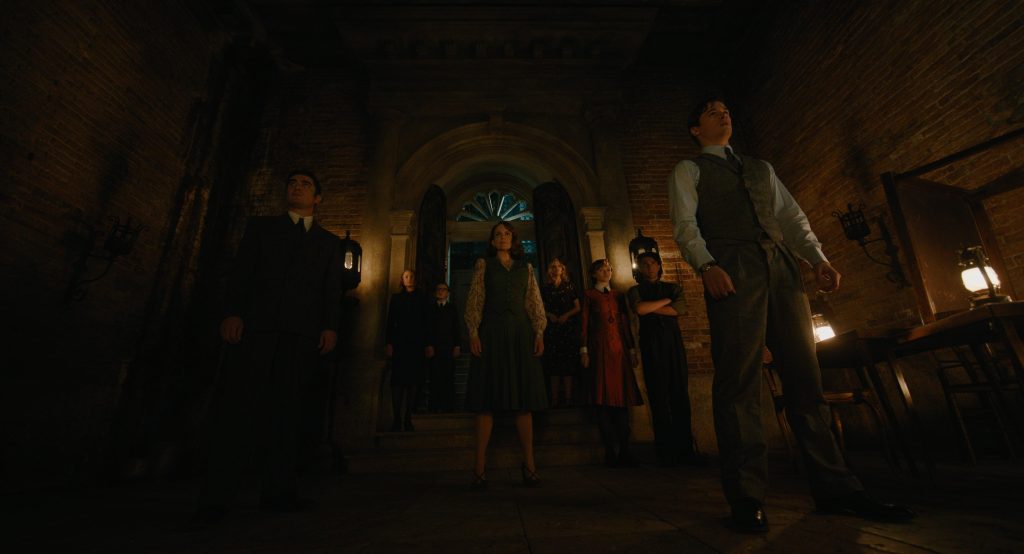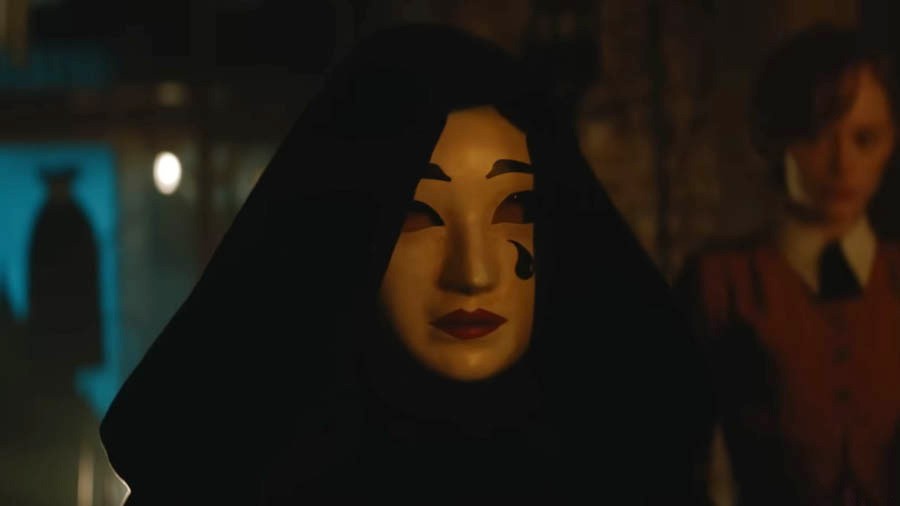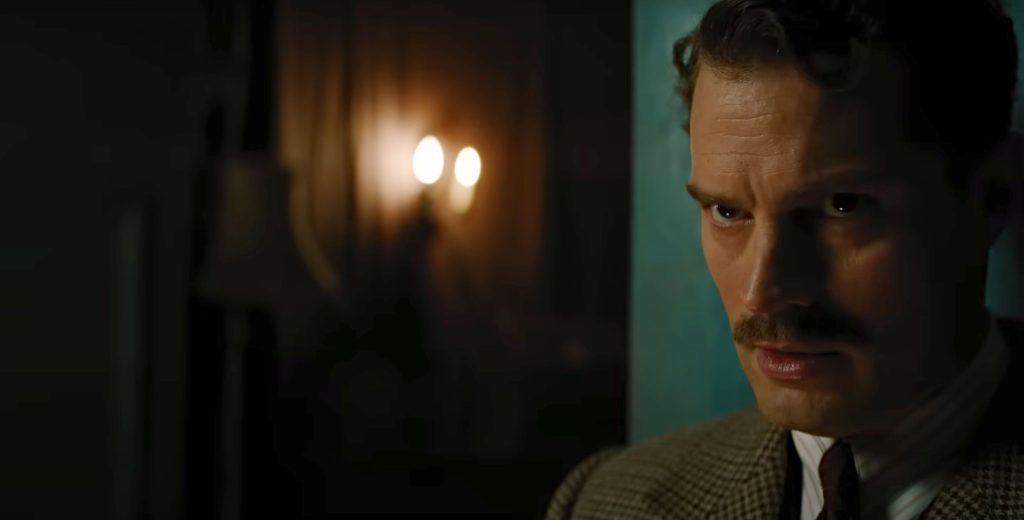Kenneth Branagh’s third outing as Hercule Poirot has arrived in theaters and it takes the famed detective’s story in a spooky direction.
A Haunting in Venice is Kenneth Branagh’s third foray into the world of Hercule Poirot and it is by far the spookiest. Adapted from Agatha Christie’s 1969 novel Hallowe’en Party, the story is set in 1947 Venice and sees Poirot living in self-imposed exile a decade after the events of Death on the Nile. When an old friend comes by with an invitation for Poirot to attend a seance and debunk the whole affair, the detective reluctantly attends, assuming he will find nothing but a fraud. But on All Hallow’s Eve, even a jaded detective like Poirot will find that not everything can be explained away.

From the moment the first trailer was revealed, the idea of seeing Hercule Poirot in a genuine horror story was an intriguing juxtaposition of genres that couldn’t be ignored. Murder on the Orient Express and Death on the Nile were both mystery thrillers in their purest form. It was intriguing to see if the detective story could be married to a horror setting and still work.
My conclusion? A Haunting in Venice does work quite well, though not without cost to the source material.
Viewers will enjoy this film the best if they have read nothing of Hallowe’en Party, as the film bears only the loosest resemblance to the source material. One of the biggest changes, for example, is moving the story’s setting from England to post-war Venice. The other major change is that the number of characters has been streamlined for the film, though that is less of a surprise as the previous films in the series have done the same.
It is interesting to see how Branagh’s Poirot has changed by the third entry. While Poirot was full of the joys of life, albeit tinged with sadness, in the first two entries, thanks to how the second film ended, Poirot in Venice starts as a shell of his former self. He’s clearly been badly affected by the events of Death on the Nile and perhaps that’s why it takes a while for Poirot to act more like the detective we’re used to seeing. Even then, Poirot remains a man heavily impacted by bitterness and it tinges the entire performance.

It should be mentioned that the cinematography in A Haunting in Venice remains just as beautiful as it is in the previous two entries. There’s something about the way the shots are framed in these Poirot films that makes them feel unique, as if you’re entering a completely different world. Even though Venice wasn’t the original setting of this story, it works quite well as the setting for a horror-tinged film like this one.
It’s not until the second act that A Haunting in Venice feels like it properly gets into gear. The mystery of what exactly is happening and whether it’s supernatural or not keeps the suspense going almost constantly. The best part of all of this is seeing Poirot slowly succumb, bit by bit, to the suspicion that he really is being surrounded by spirits of some kind. It’s a conflict that clearly terrifies the detective, who, understandably, seeks the rational in all things. There weren’t quite as many jump scares and horror elements as I thought there might be based on the trailers, but what the film did include worked surprisingly well, and I wouldn’t be averse to seeing more Poirot stories blended with horror elements.

Where the film falls a little short is in the final reveal of how the crime was committed. Most of the clues fit neatly in to place, as is to be expected with a Poirot story. However, there’s one element in particular that felt almost shoehorned in. Without going in to specifics, it felt like one reveal too many and I don’t think the film would’ve suffered if that part had been left out. Also, a few of Poirot’s conclusions felt like leaps of logic that were almost too large to be believable. I hedge that last comment because it’s entirely possible new details will pop up upon rewatch that will further support all of the evidence revealed at the climax.
In conclusion, while not perfect, A Haunting in Venice is a solid third outing for Branagh’s Poirot and it leaves me eager to see where this version of the Belgian detective goes from here. Hopefully Branagh continues the story of Hercule Poirot, as he’s proven several times over that he can tell an entertaining story in a multitude of environments.

